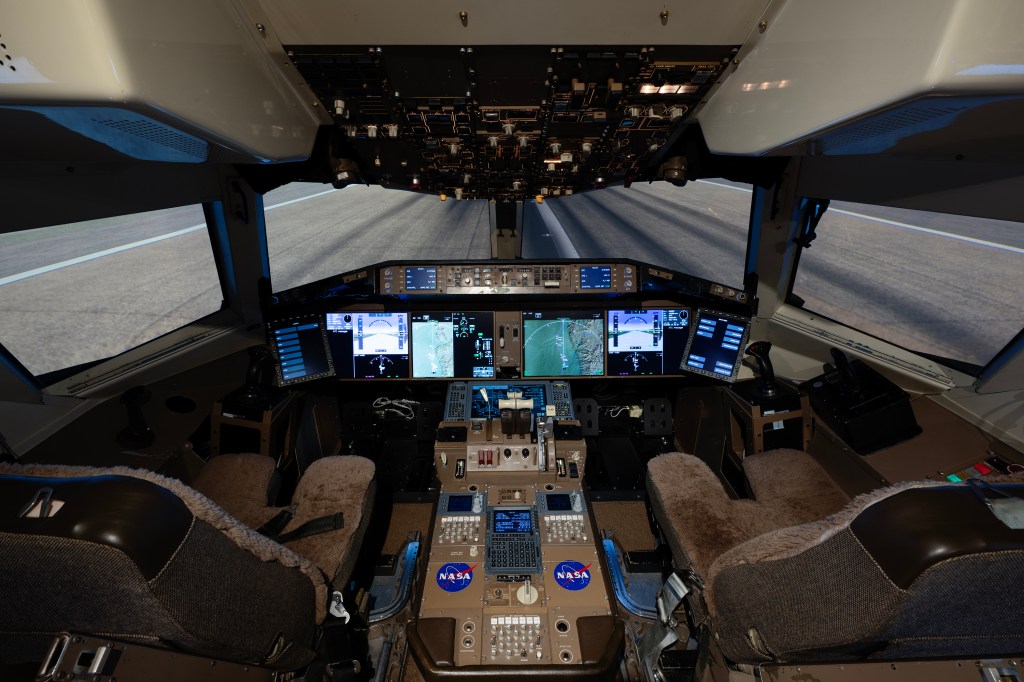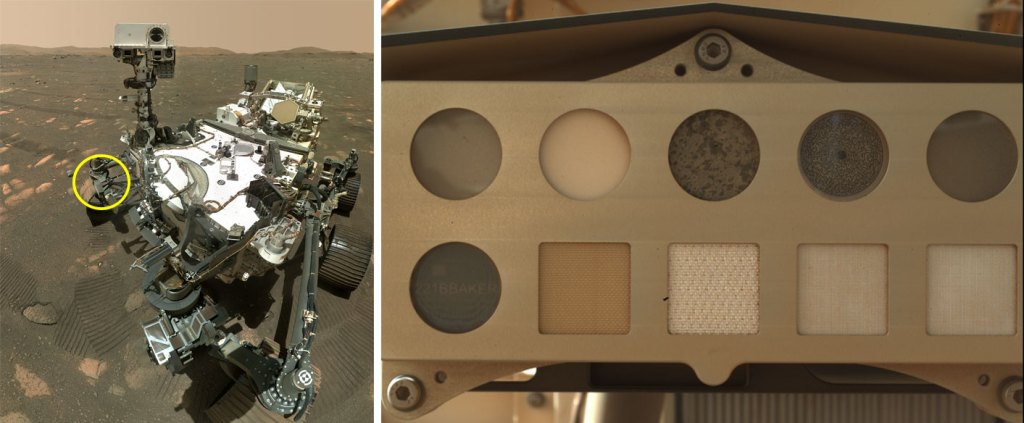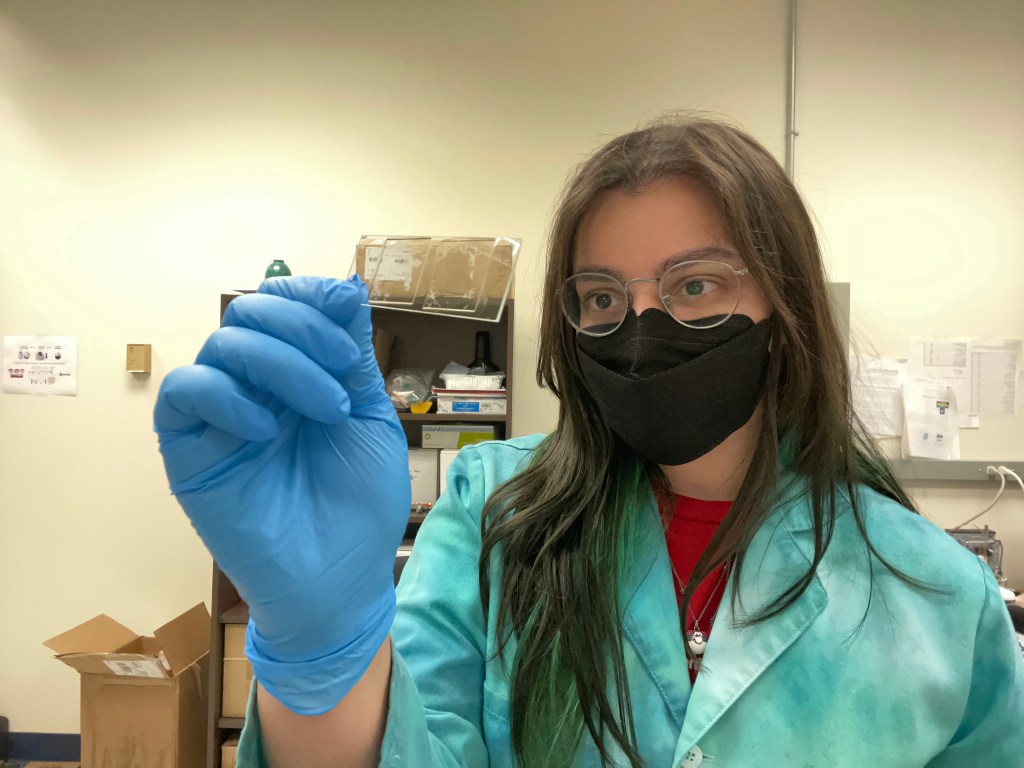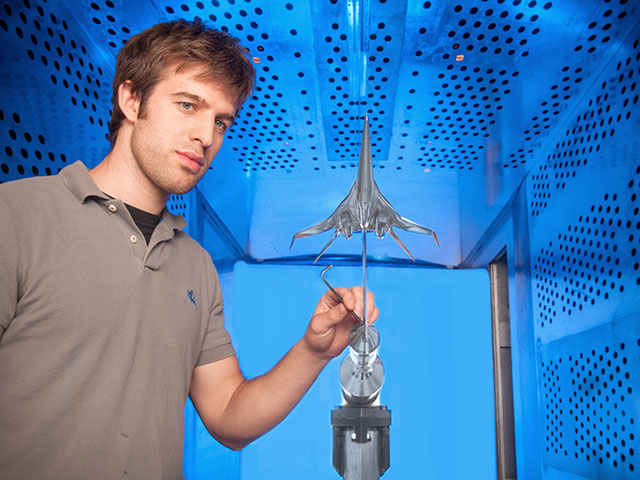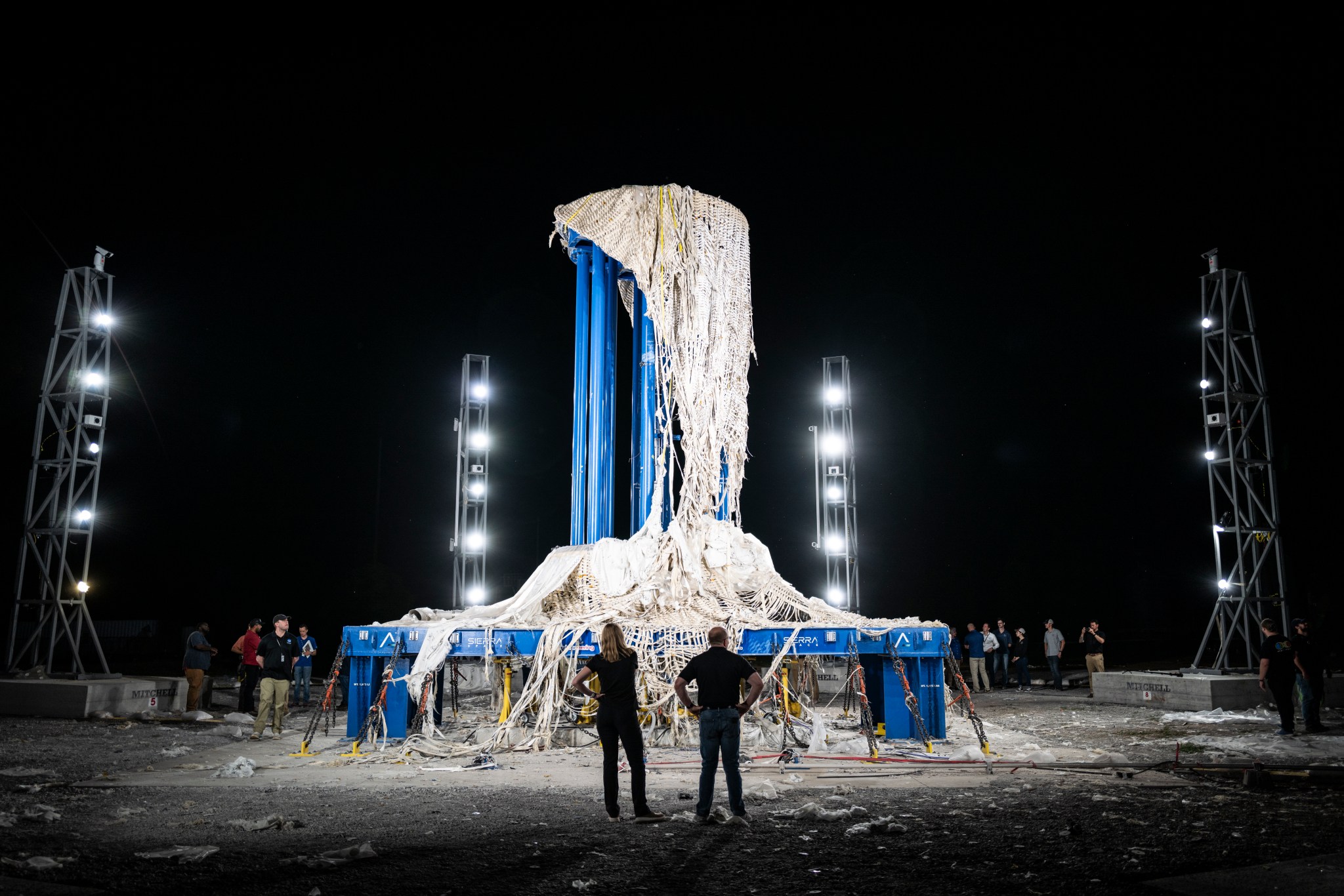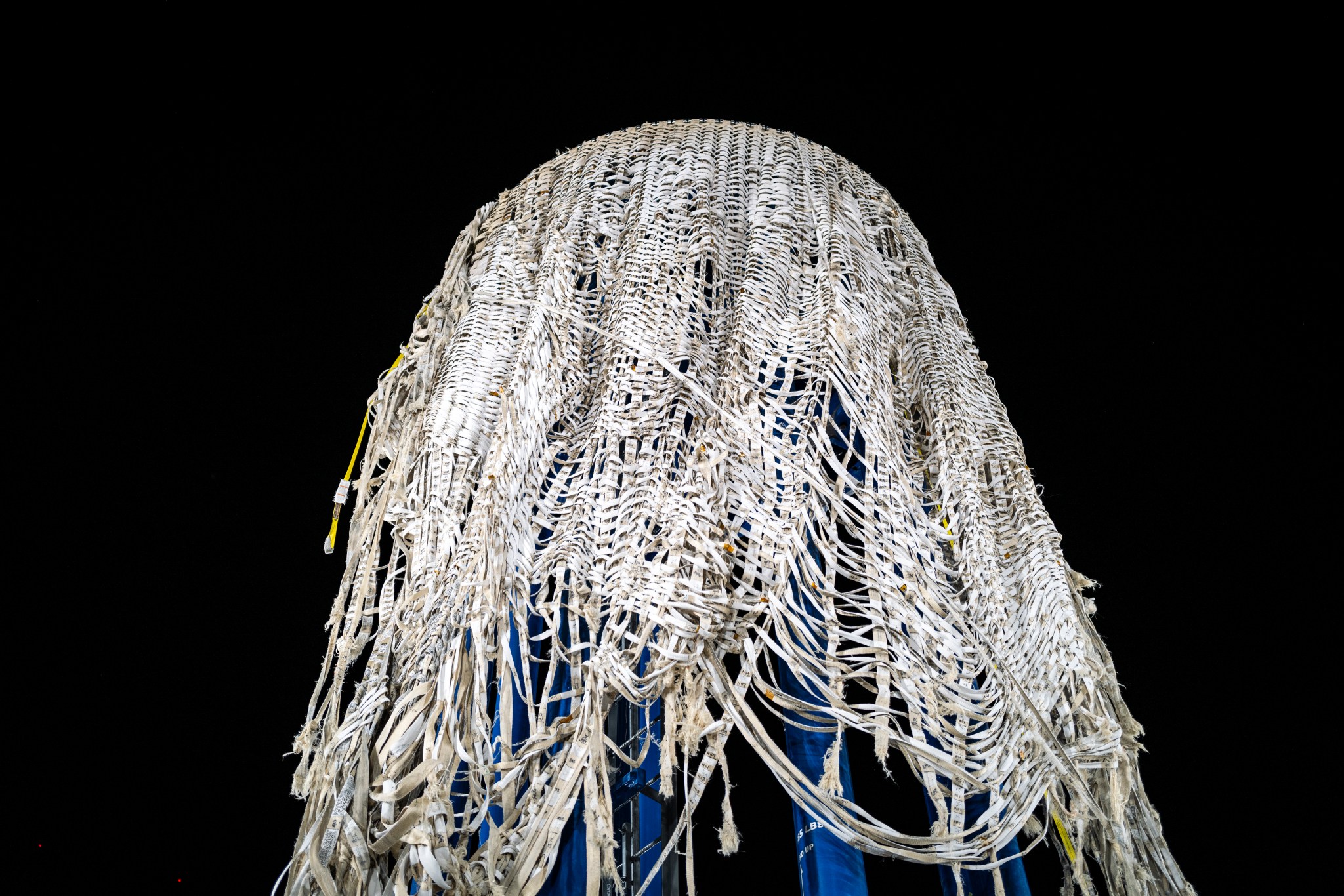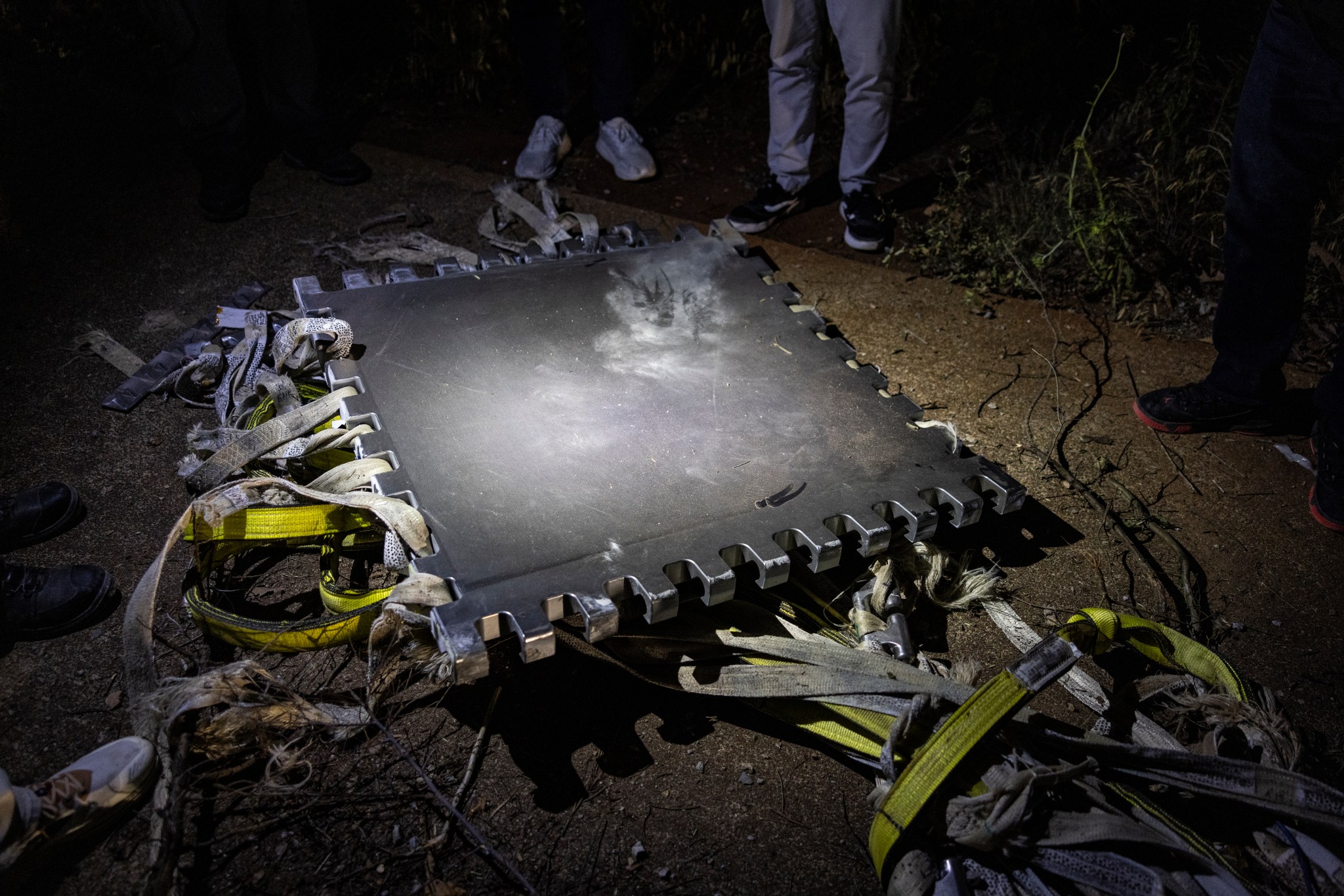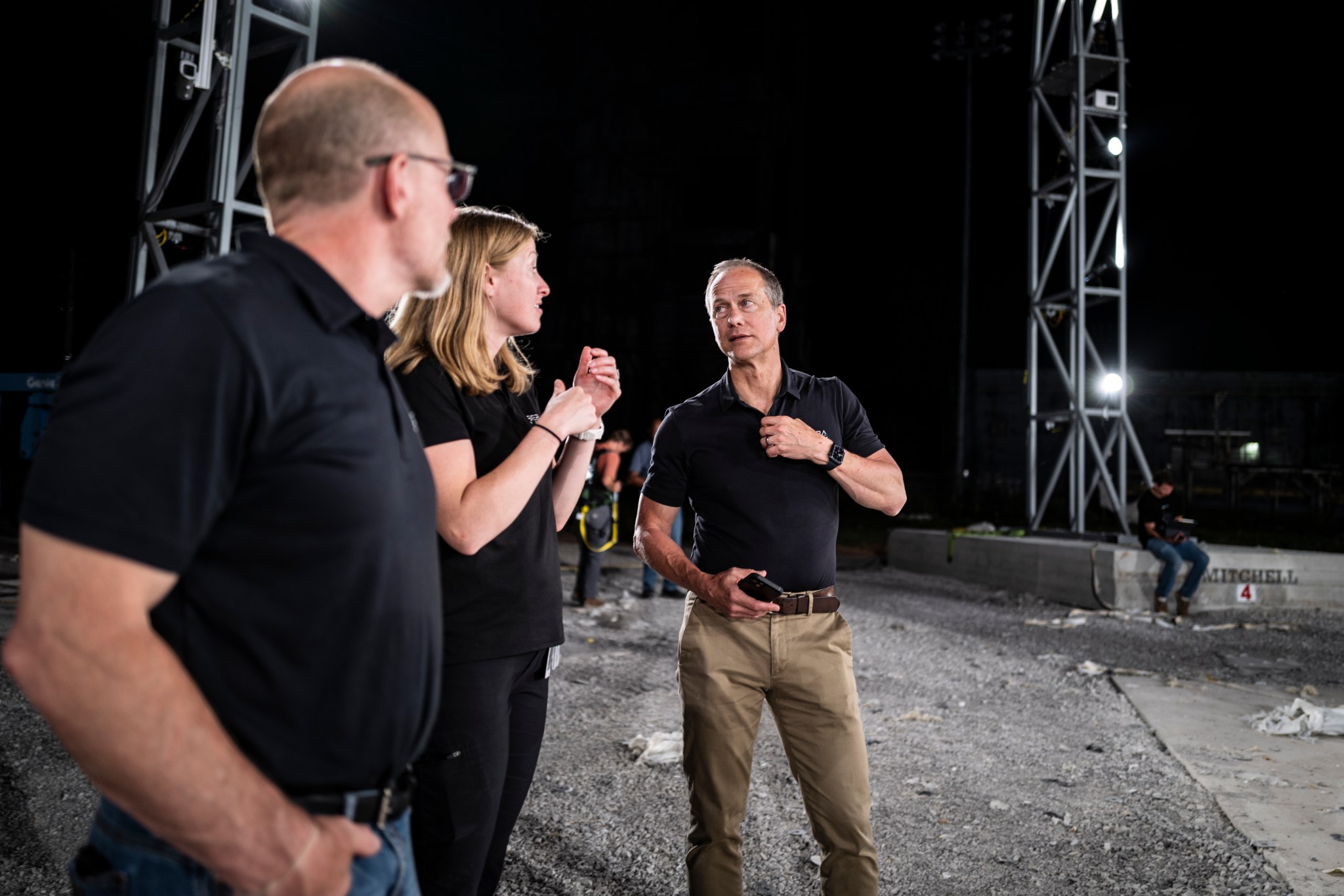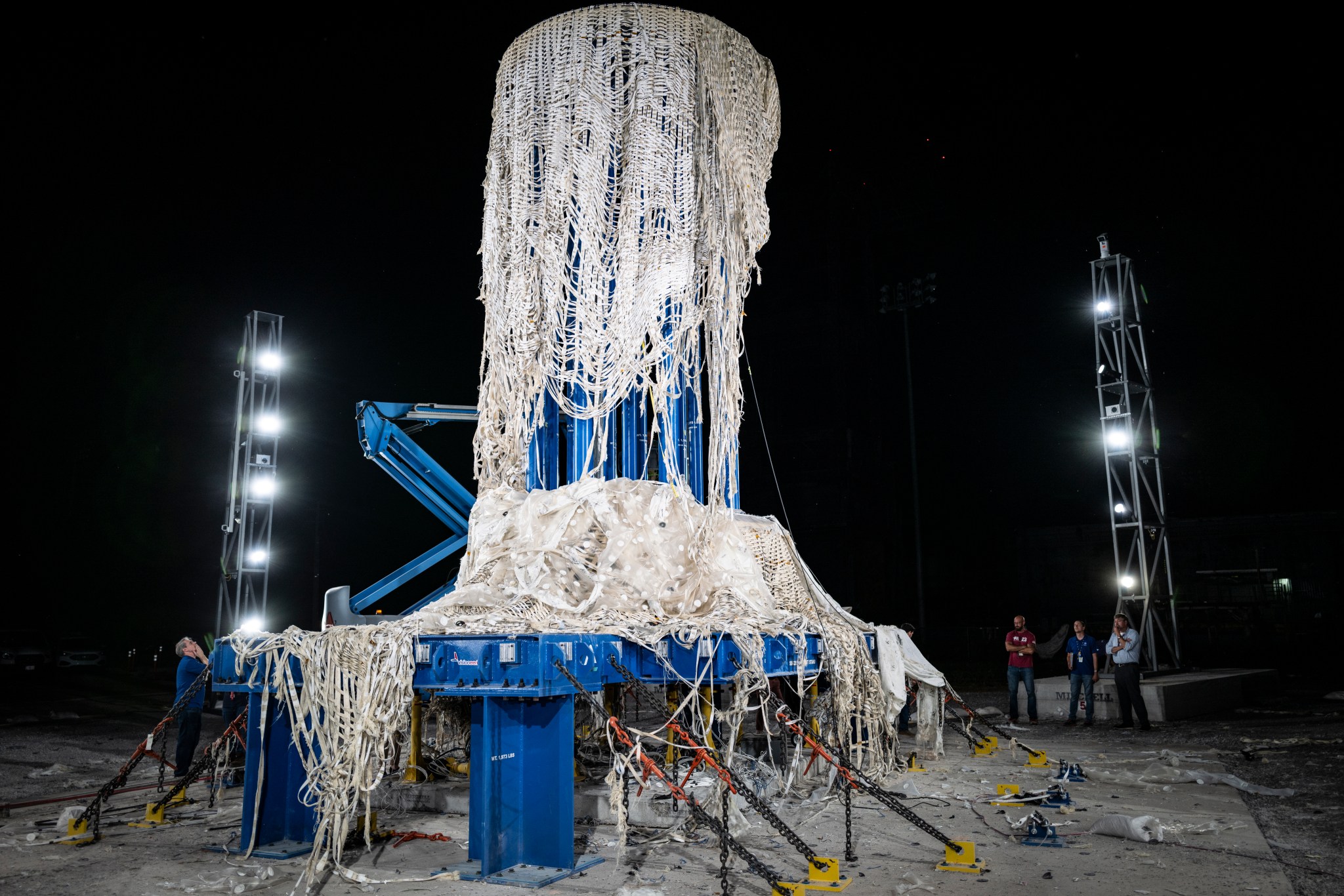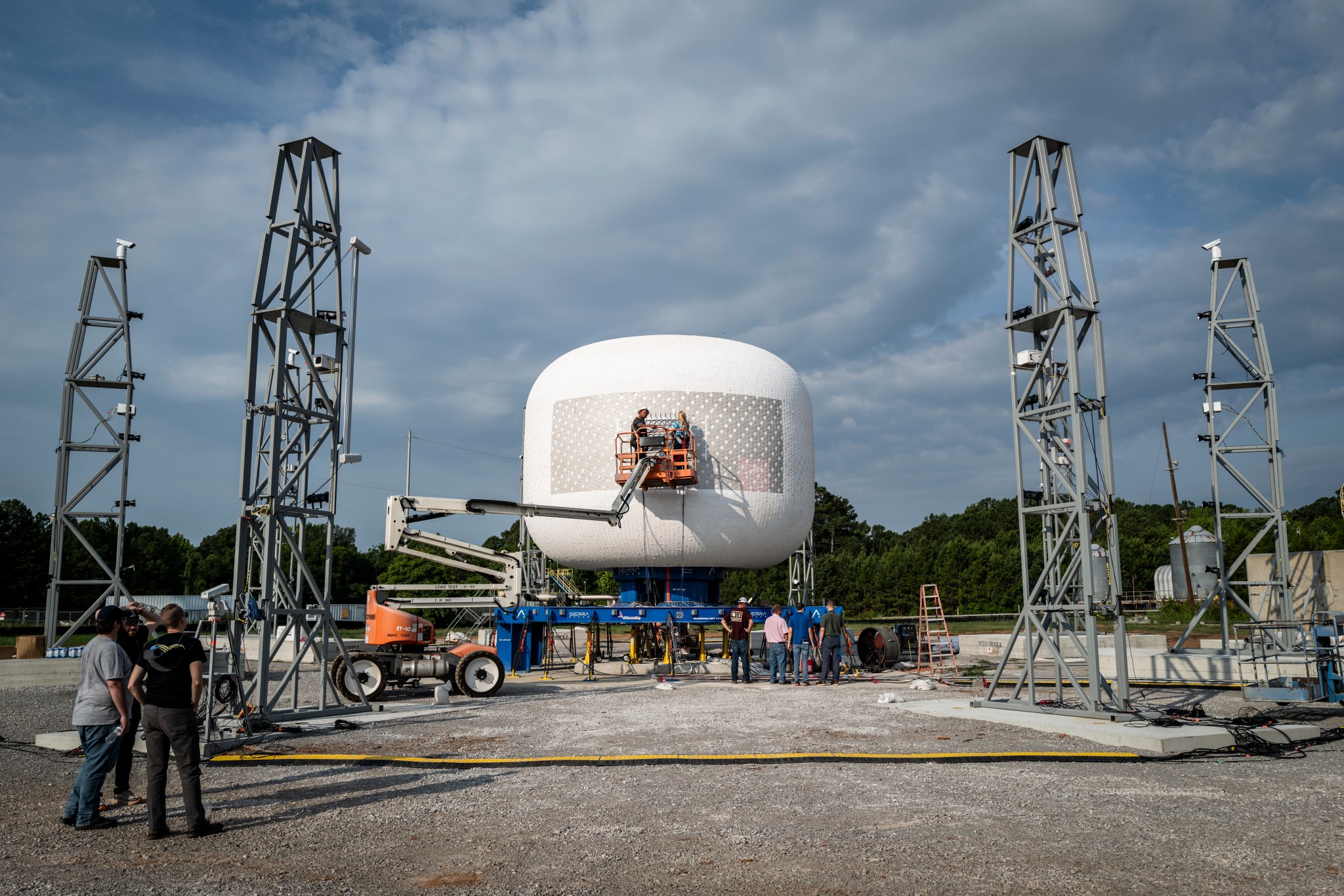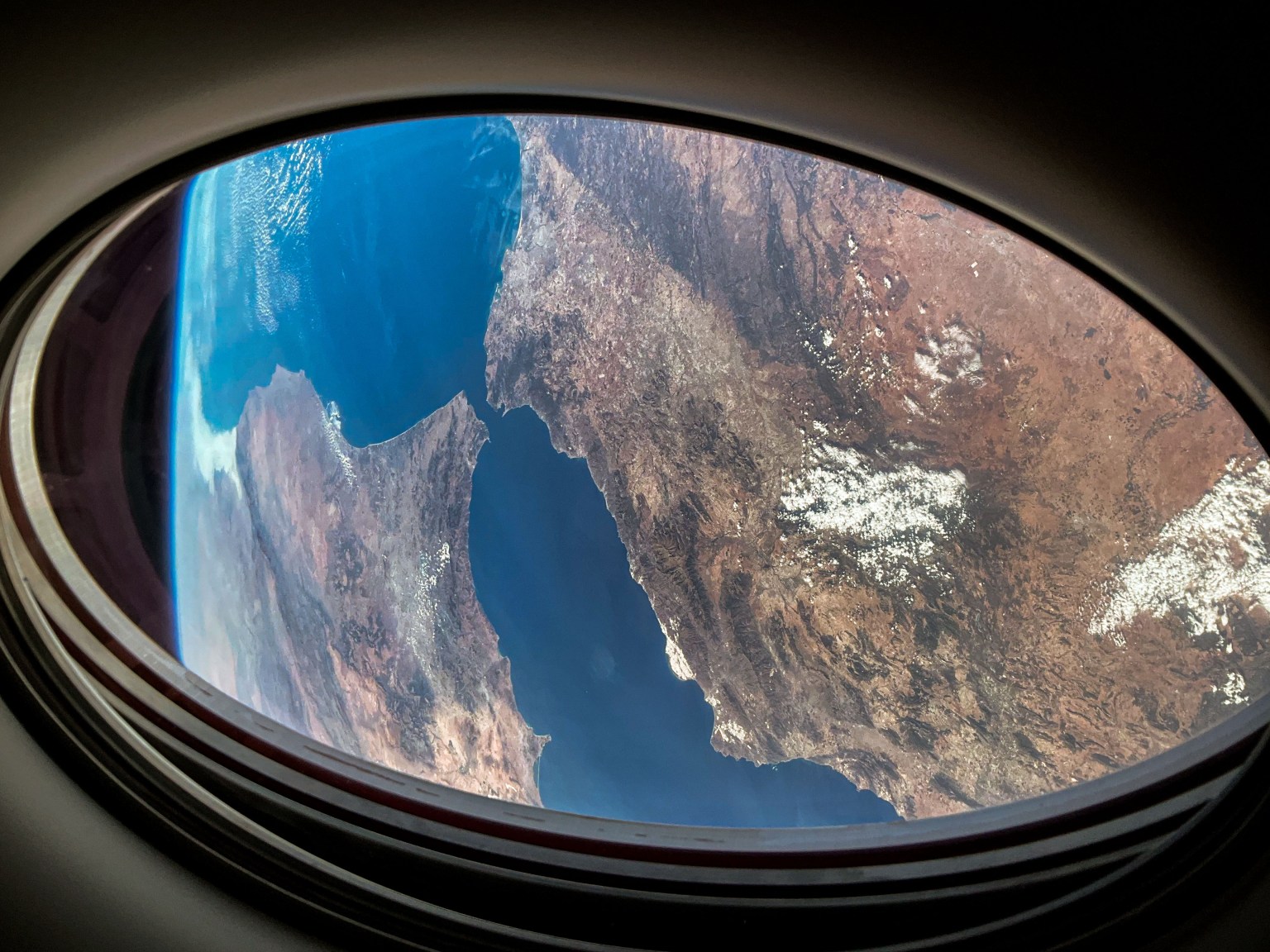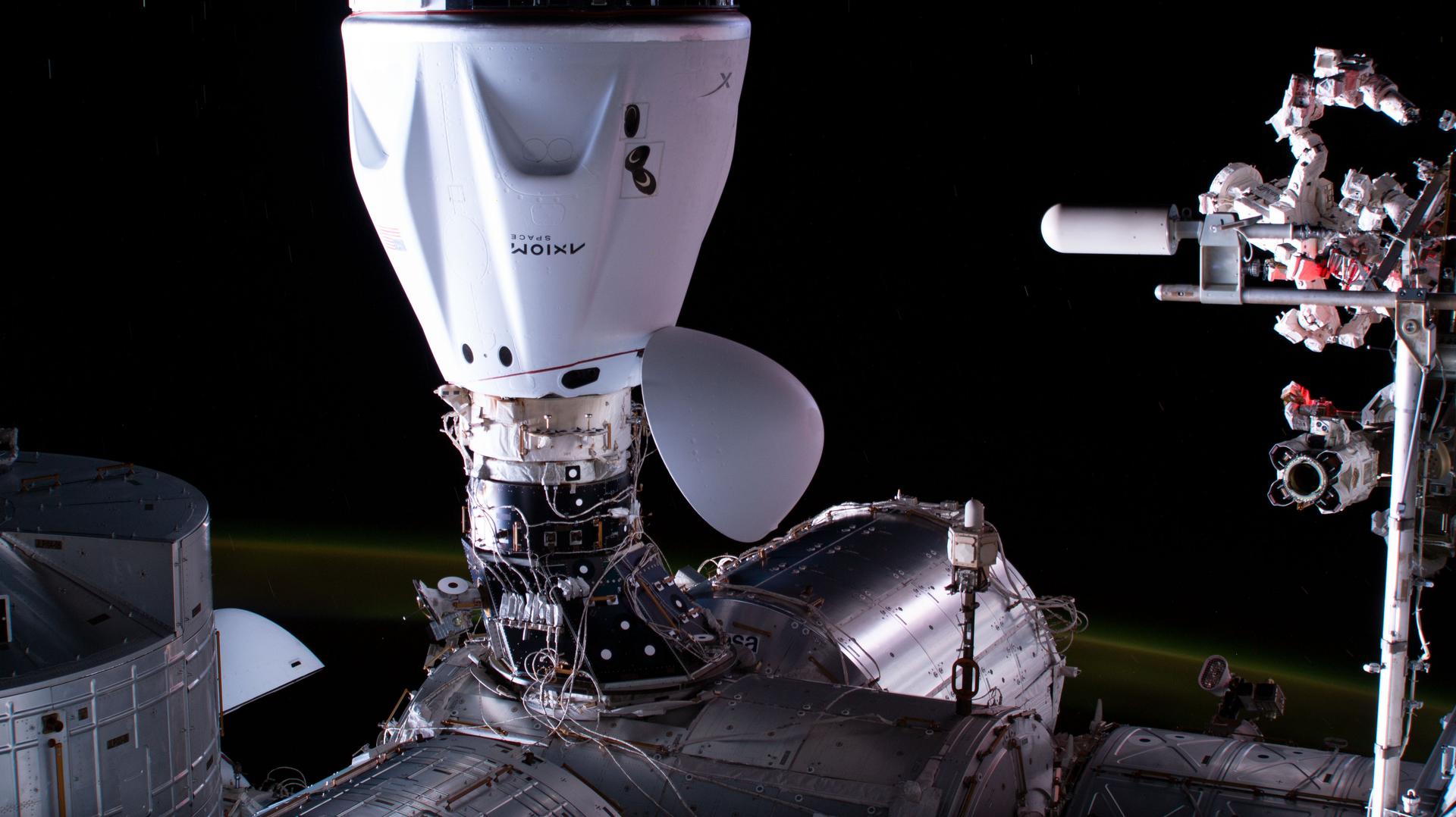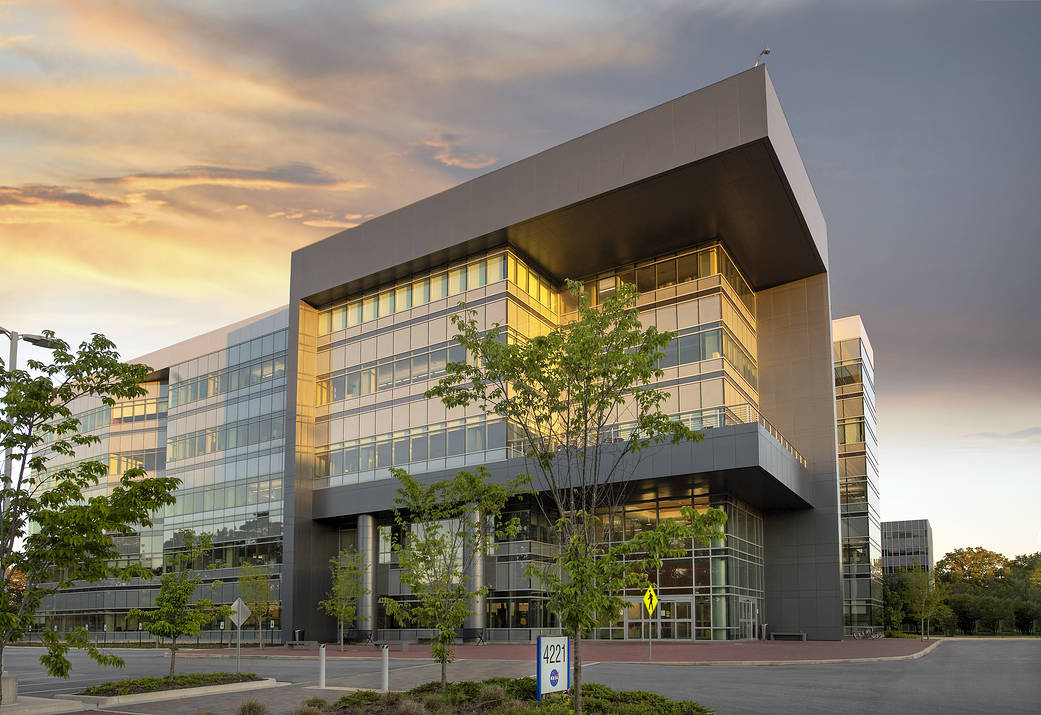An element of a NASA-funded commercial space station, Orbital Reef, under development by Blue Origin and Sierra Space, recently completed a full-scale ultimate burst pressure test as part of the agency’s efforts for new destinations in low Earth orbit.
This milestone is part of a NASA Space Act Agreement awarded to Blue Origin in 2021. Orbital Reef includes elements provided by Sierra Space, including the LIFE (Large Integrated Flexible Environment) habitat structure.
Teams conducted the burst test on Sierra Space’s LIFE habitat structure using testing capabilities at NASA’s Marshall Space Flight Center in Huntsville, Alabama. The inflatable habitat is fabricated from high-strength webbings and fabric that form a solid structure once pressurized. The multiple layers of soft goods materials that make up the shell are compactly stowed in a payload fairing and inflated when ready for use, enabling the habitat to launch on a single rocket.
“This is an exciting test by Sierra Space for Orbital Reef, showing industry’s commitment and capability to develop innovative technologies and solutions for future commercial destinations,” said Angela Hart, manager of NASA’s Commercial Low Earth Orbit Development Program at the agency’s Johnson Space Center in Houston. “Every successful development milestone by our partners is one more step to achieving our goal of enabling commercial low Earth orbit destinations and expanding the low Earth orbit marketplace.”
The pressurization to failure during the test demonstrated the habitat’s capabilities and provided the companies with critical data supporting NASA’s inflatable softgoods certification guidelines, which recommend a progression of tests to evaluate these materials in relevant operational environments and understand the failure modes.
Demonstrating the habitat’s ability to meet the recommended factor of safety through full-scale ultimate burst pressure testing is one of the primary structural requirements on a soft goods article, such as Sierra Space’s LIFE habitat, seeking flight certification.
Prior to this recent test, Sierra Space conducted its first full-scale ultimate burst pressure test on the LIFE habitat at Marshall in December 2023. Additionally, Sierra Space previously completed subscale tests, first at NASA’s Johnson Space Center in Houston and then at Marshall as part of ongoing development and testing of inflatable habitation architecture.
NASA supports the design and development of multiple commercial space stations, including Orbital Reef, through funded and unfunded agreements. The current design and development phase will be followed by the procurement of services from one or more companies.
NASA’s goal is to achieve a strong economy in low Earth orbit where the agency can purchase services as one of many customers to meet its science and research objectives in microgravity. NASA’s commercial strategy for low Earth orbit will provide the government with reliable and safe services at a lower cost, enabling the agency to focus on Artemis missions to the Moon in preparation for Mars while also continuing to use low Earth orbit as a training and proving ground for those deep space missions.
Learn more about NASA’s commercial space strategy at:
https://www.nasa.gov/humans-in-space/commercial-space
News Media Contacts
Claire O’Shea
Headquarters, Washington
202-358-1100
claire.a.o’shea@nasa.gov
Anna Schneider
Johnson Space Center, Houston
281-483-5111
anna.c.schneider@nasa.gov

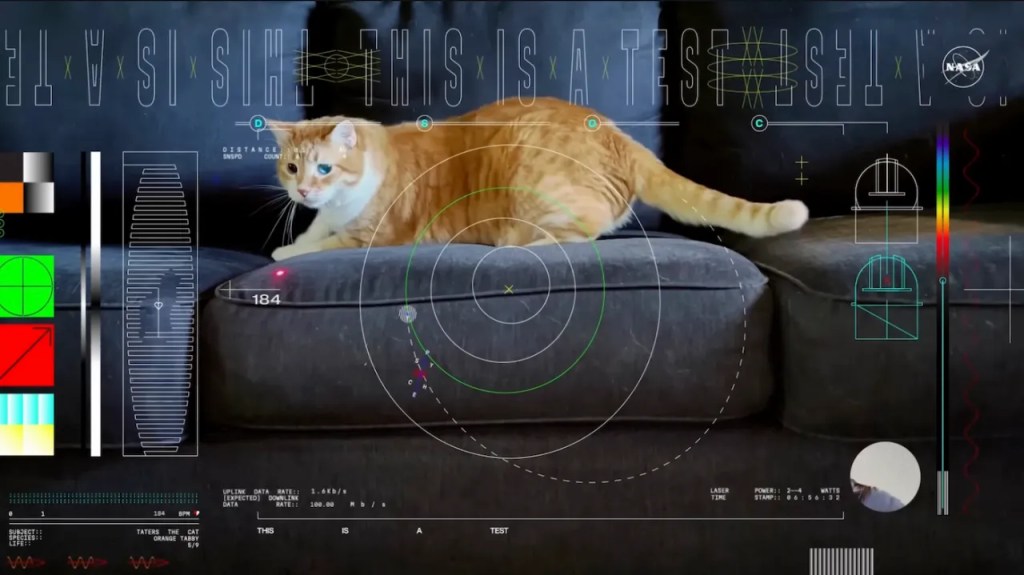
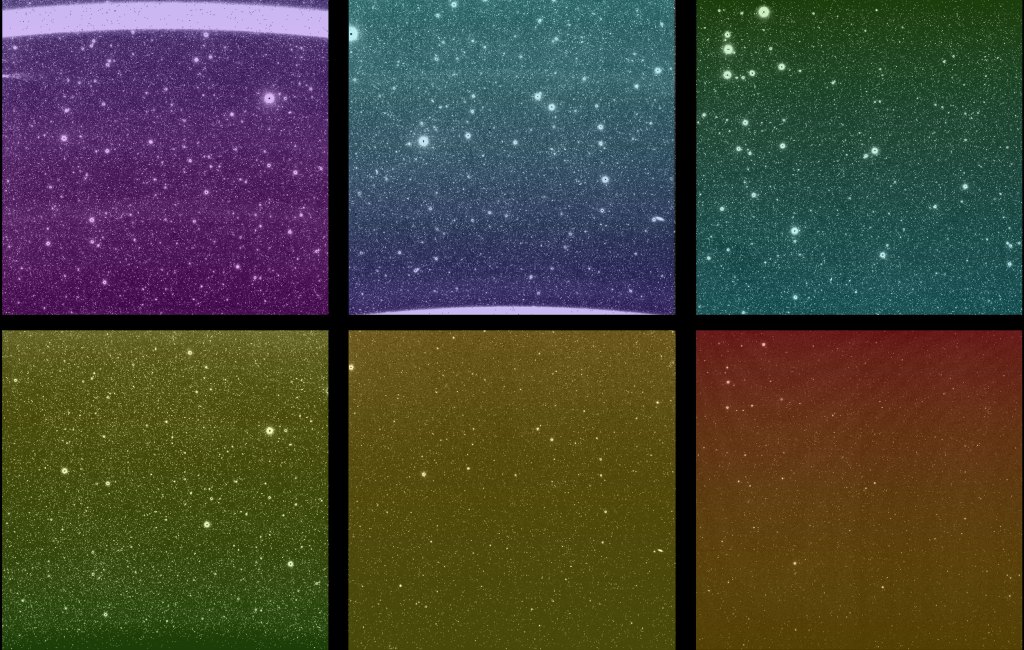
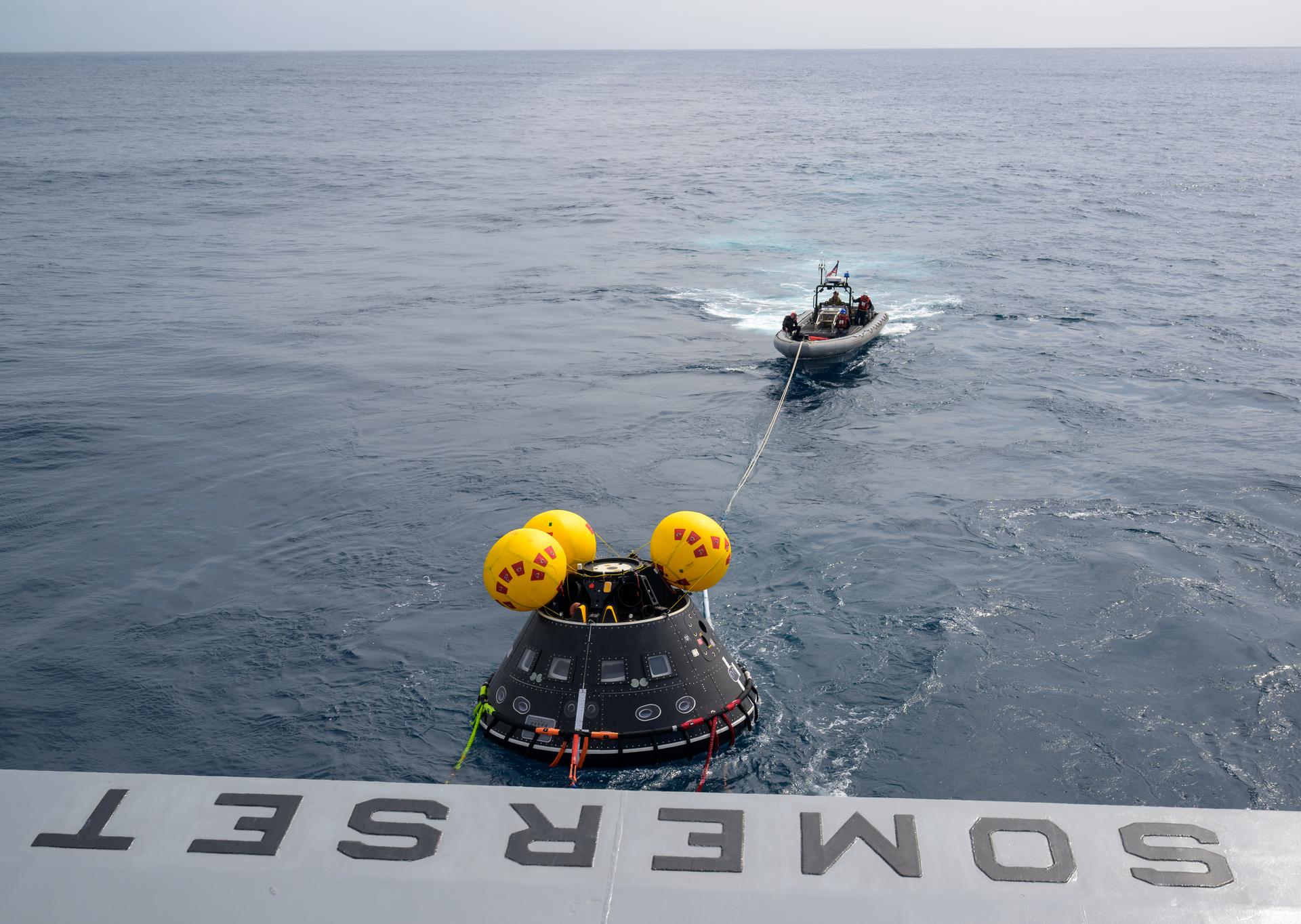

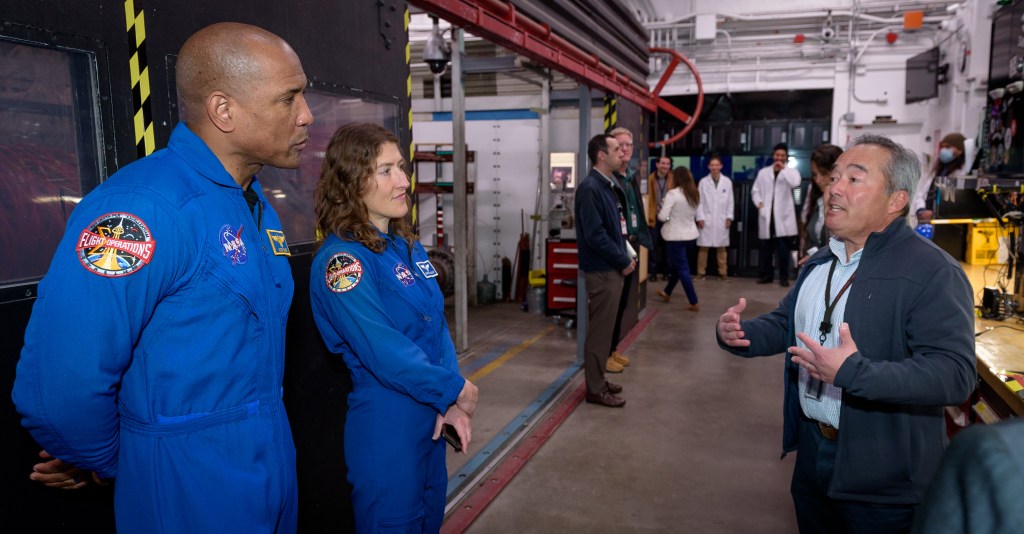
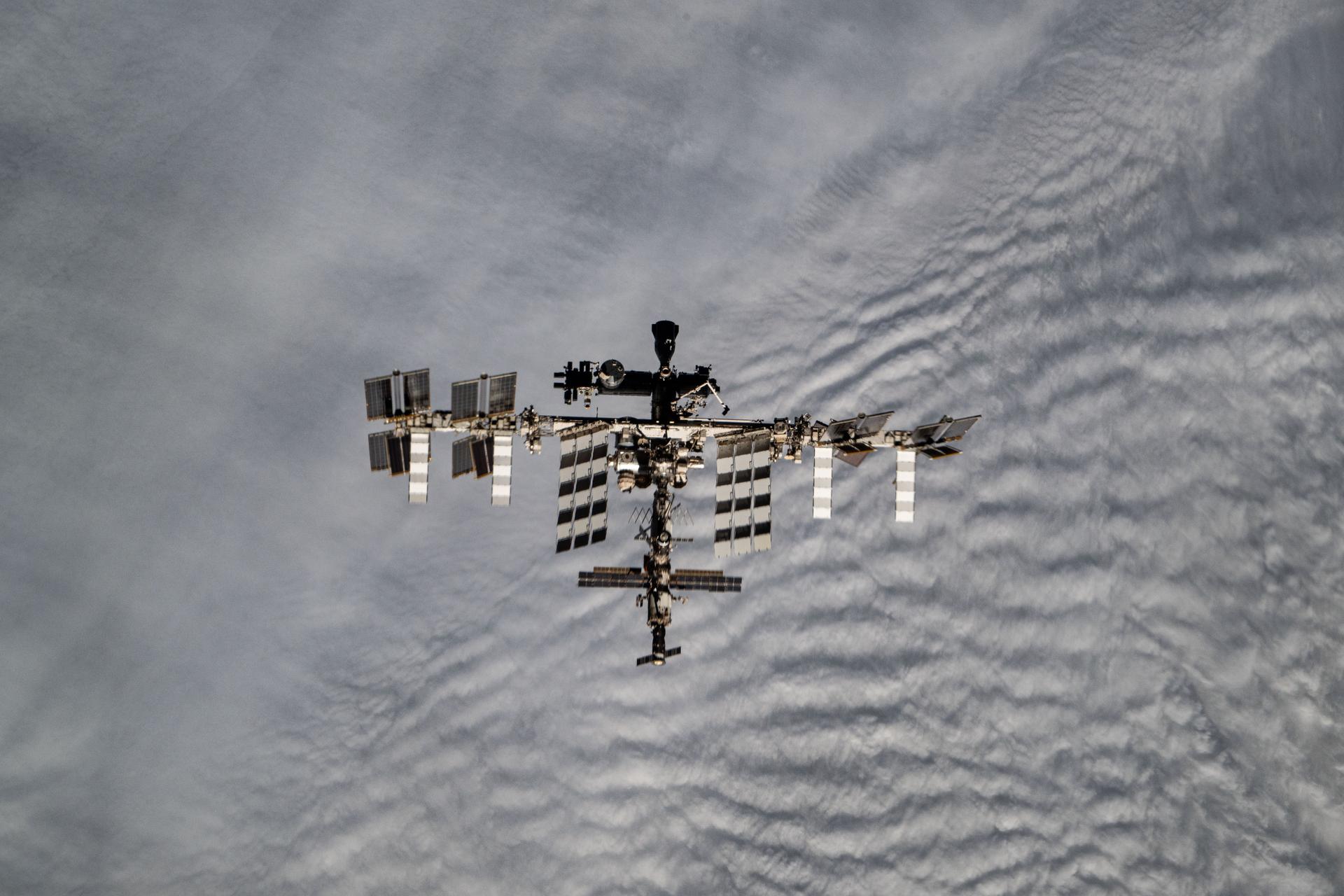


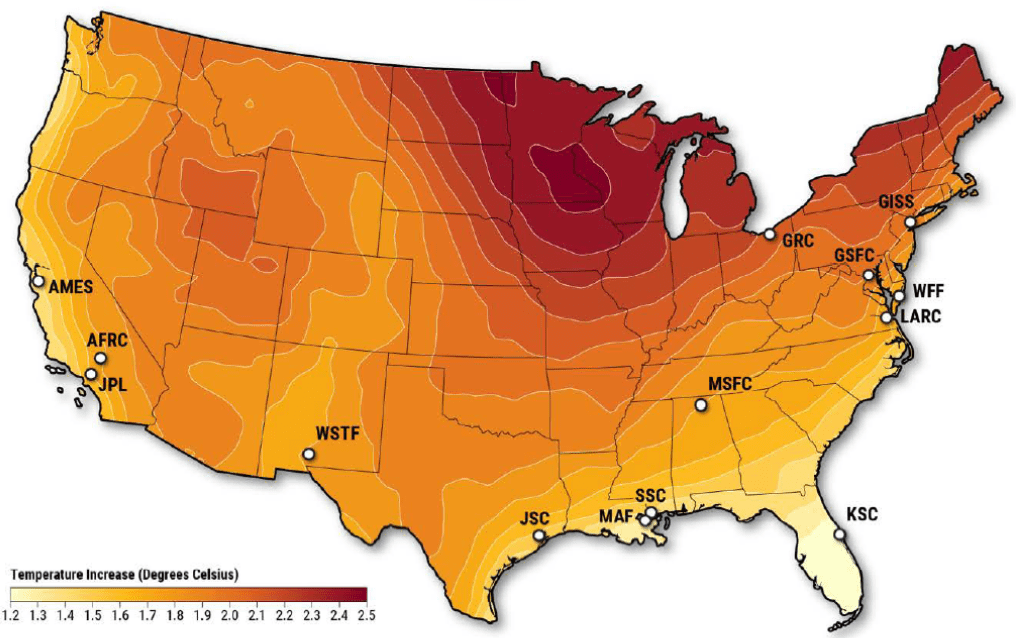
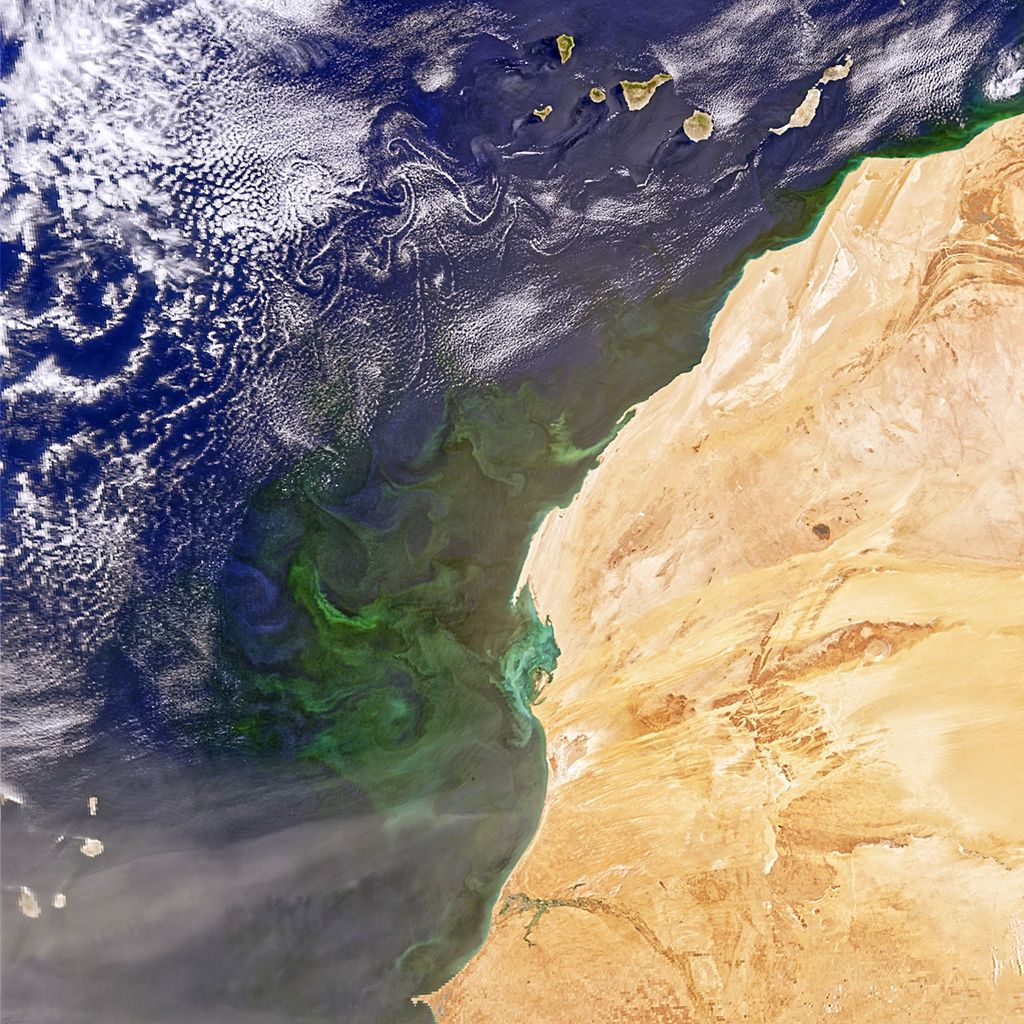



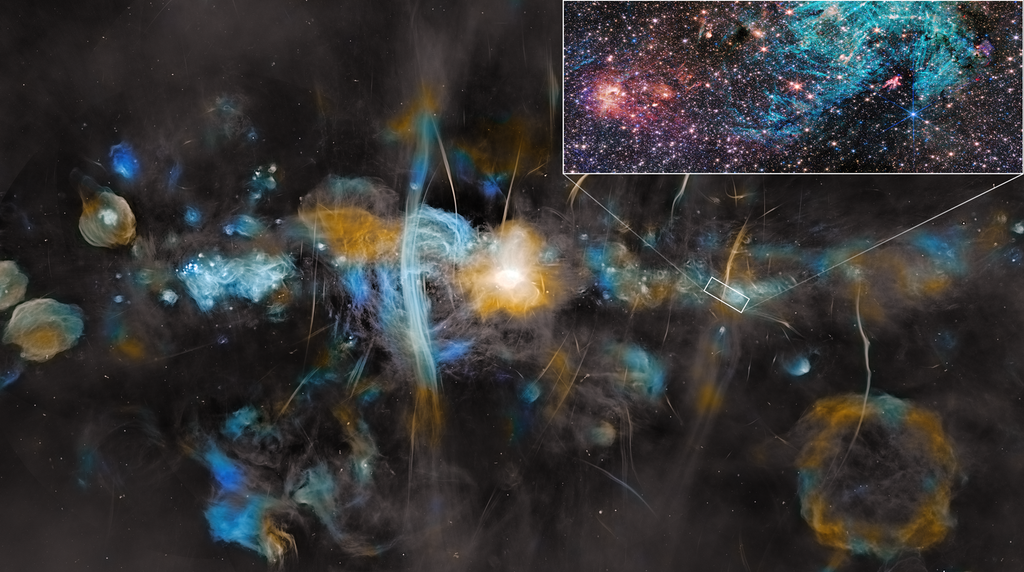

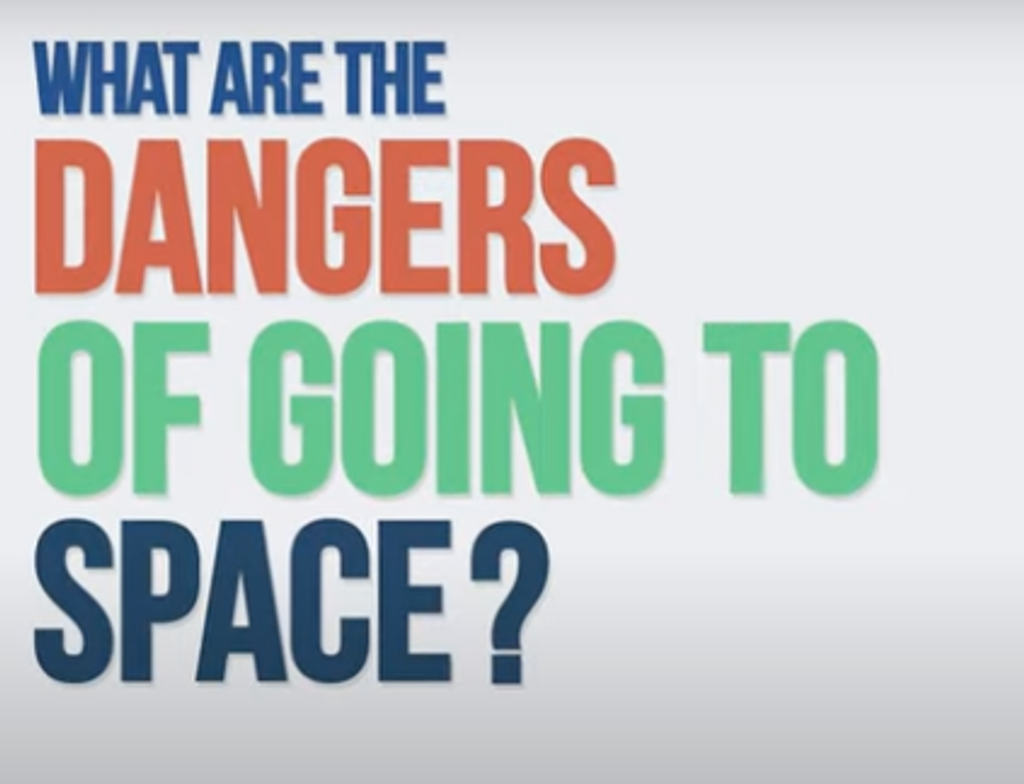
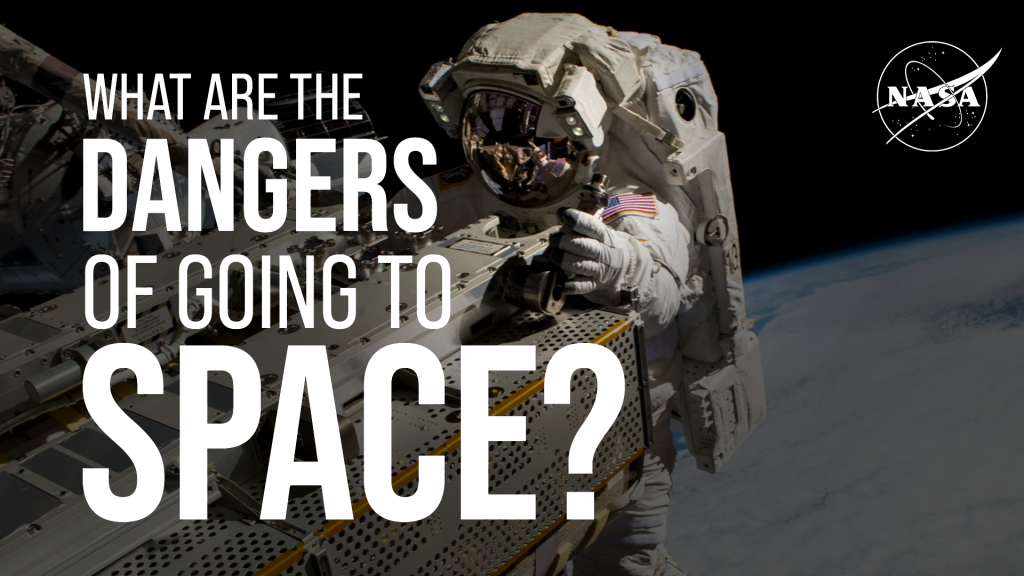
/quantum_physics_bose_einstein_condensate.jpg?w=1024)


